Order: Gruiformes. Family: Rallidae
Description
The adult Black Crake is 19–23 cm long with a short tail and long toes. Adult has mainly black plumage, with a brown olive tone on the wings and upperparts. Eyes are red, the bill is yellow, and the legs and feet are red, duller when not breeding.
The sexes are similar, but the male is slightly larger. Most males, but only 10% of females, have a hooked upper mandible.
The juvenile is brown, with blackish bill, grey to brown eyes, and blackish legs and feet.
The immature is dull olive-brown with greenish-black bill, red eyes and brownish-pink legs and feet.
The chick has black down, as with all rails and have and pale pink bill.
Distribution
Occurs across much of sub-Saharan Africa; within southern Africa it is common in northern Namibia (including the Caprivi Strip), northern and south-eastern Botswana, Zimbabwe, Mozambique, Swaziland and north-eastern and southern South Africa.
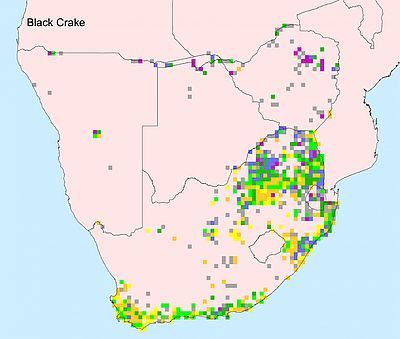
Habitat
The Black Crake is found in the Southern African wetlands, riverine forests and moist grasslands. It generally prefers vegetation along the edge of wetlands, especially with rank grass, sedges, Papyrus (Cyperus papyrus), reedbeds with Phragmites and alien Spanish reed (Arundo donax), swamp thickets and bushes.
Movements and migrations
Mainly sedentary, although it moves away from wetlands if they dry up, returning if they flood again; it also can make local movements in dry regions in response to rainfall.
Diet
Omnivorous, feeding on aquatic vertebrates and invertebrates such as worms, crustaceans, molluscs, insects’ adults and larvae, small fish, tadpoles and small frogs. It may take eggs and nestlings of other birds’ species (herons and weavers). It consumes seeds and parts of the aquatic plants, and scavenges at carcasses of crabs, crayfish and small birds. It does most of its foraging by walking along muddy shores, plucking prey from the air, water and from aquatic vegetation.
Breeding
Monogamous, cooperative solitary nester, establishing a territory by calling and chasing away intruders. The nest is a deep cup if dry grass, sedges, rushes and other water plants, typically concealed in vegetation just above water, sometimes with a canopy of reeds above it. Egg-laying season is from August-June, peaking from September-December in the Western Cape and from January-February elsewhere. It lays 2-6 eggs, which are incubated by both sexes and sometimes helpers for about 13-19 days. At hatching, the chicks have black down and they leave the nest very soon, within three days after hatching. Each breeding pair rears two broods per breeding season, with the first chicks learning to fly at about 35 days old, after which they help their parents to raise another brood before becoming fully independent.
Call
The Black Crake’s advertising call is a duet with one bird giving harsh chatter krrrok-krrraa often repeated, whereas the other bird utters soft, purring notes. These duets are often delivered from the dense aquatic vegetation. The alarm call is a sharp chip. Contact calls are softer pruk or bup. Listen to Bird Call.
Status
Common resident.



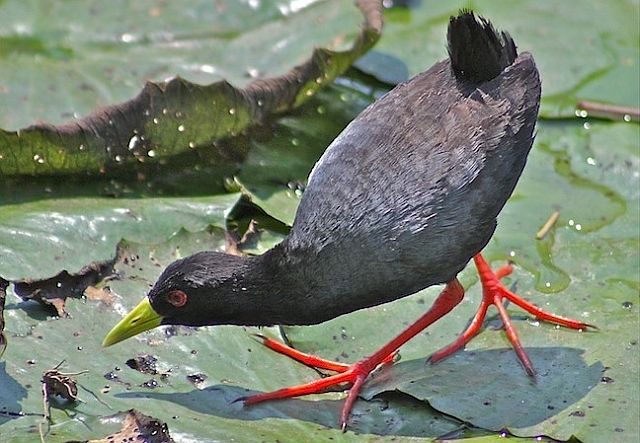 © ExFmem
© ExFmem © JustN@ture
© JustN@ture © BluTuna
© BluTuna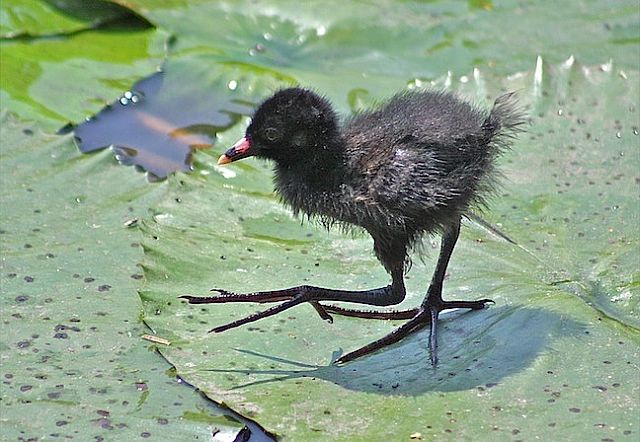 © ExFmem
© ExFmem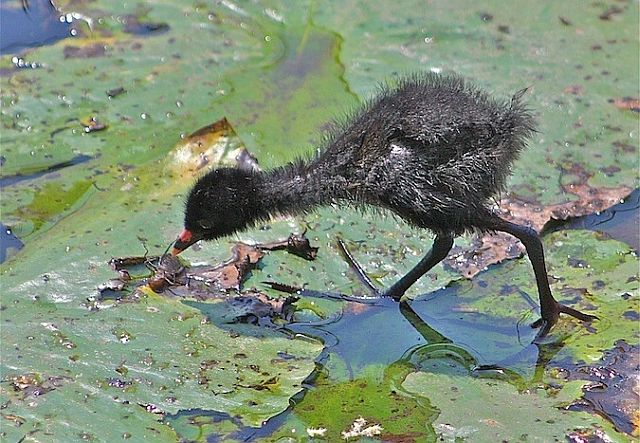 © ExFmem
© ExFmem © nan
© nan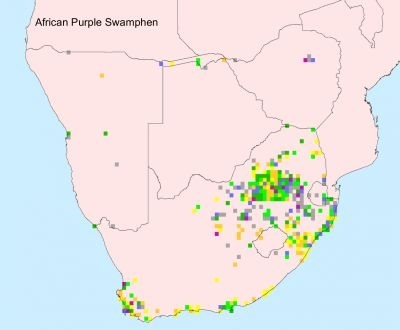

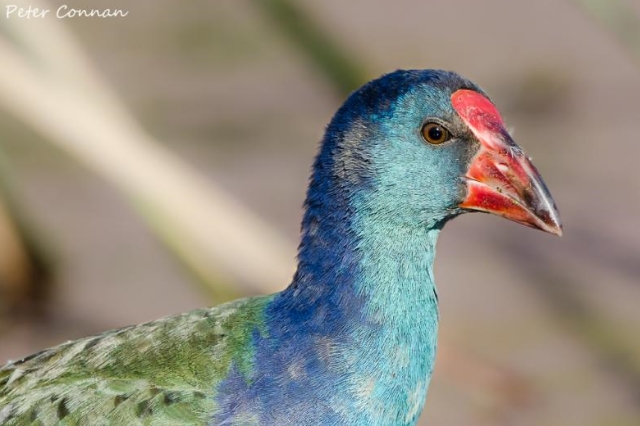 © Peter Connan
© Peter Connan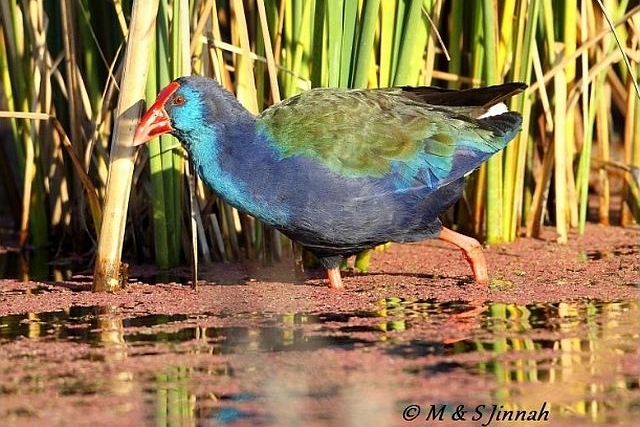 © Sharifa
© Sharifa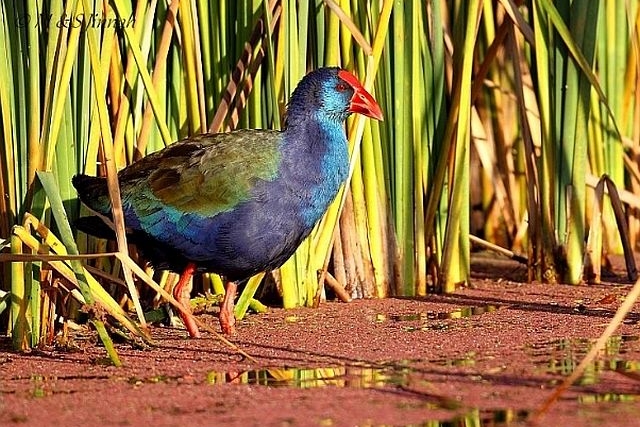 © Sharifa
© Sharifa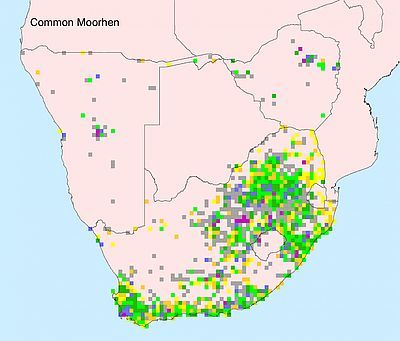
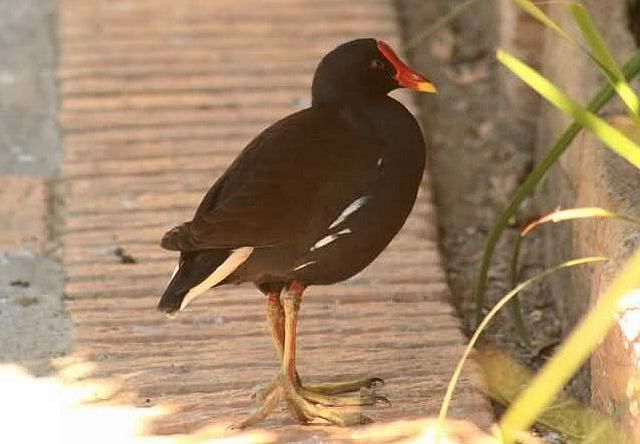
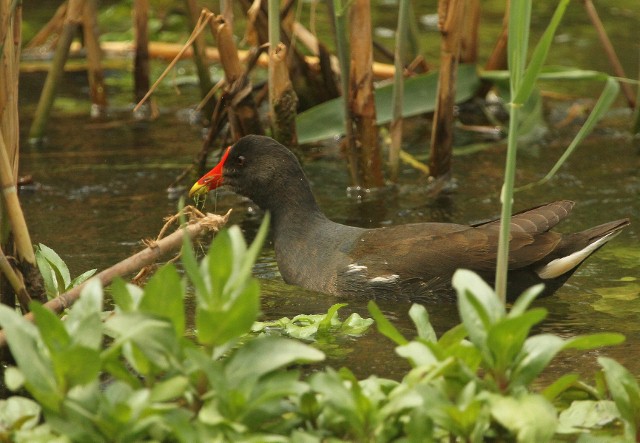 © nan
© nan © Joan
© Joan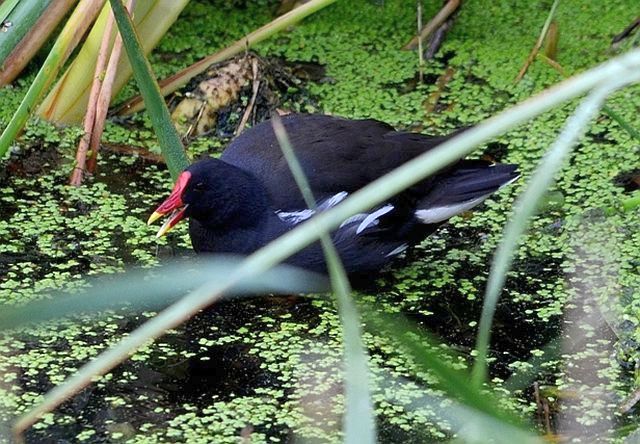 © Mel
© Mel © Amoli
© Amoli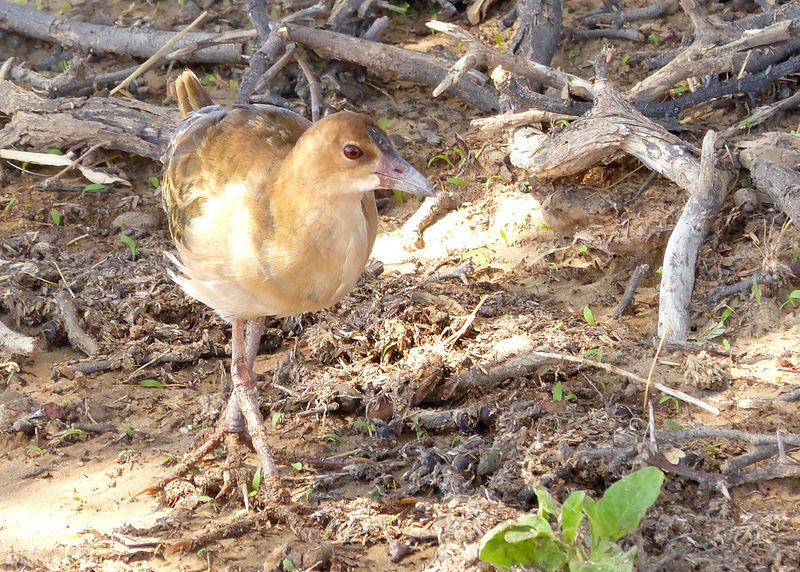
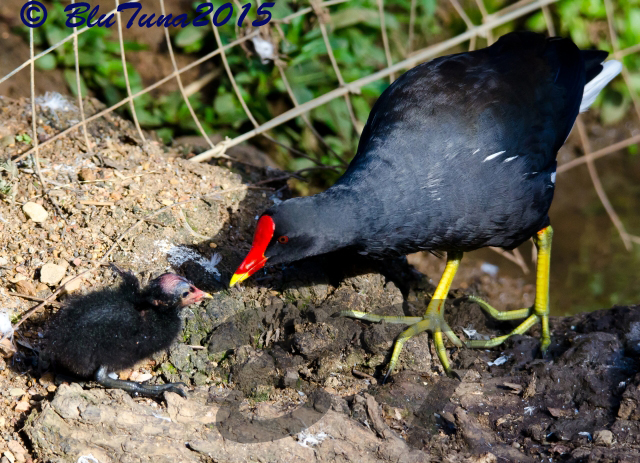 © BluTuna
© BluTuna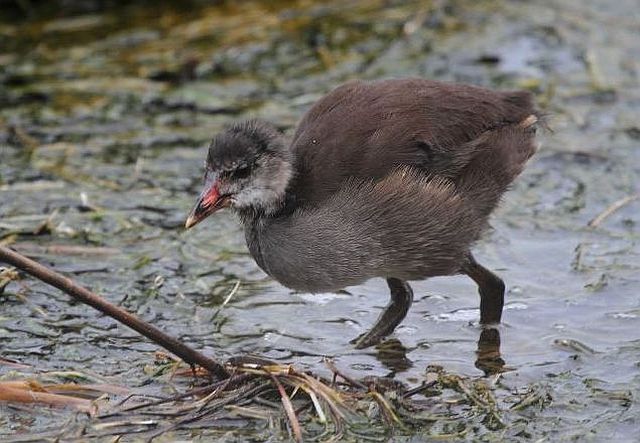 © Sharifa
© Sharifa
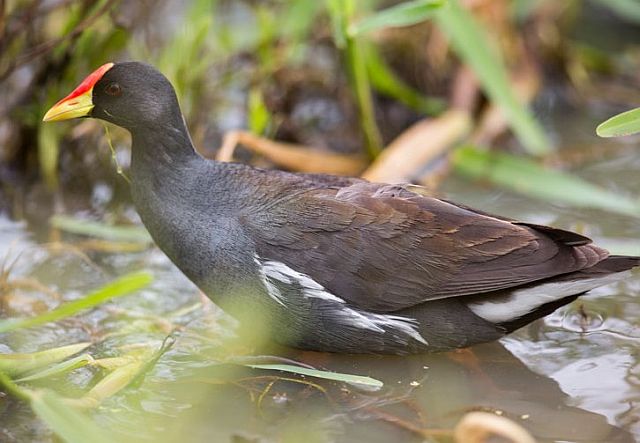
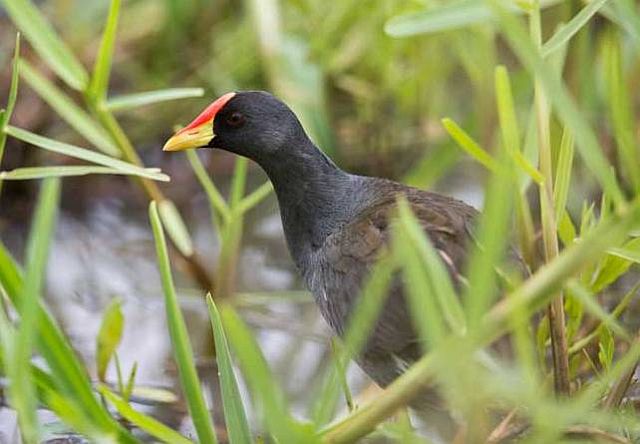
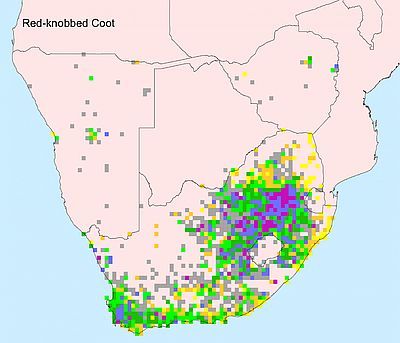

 © nan
© nan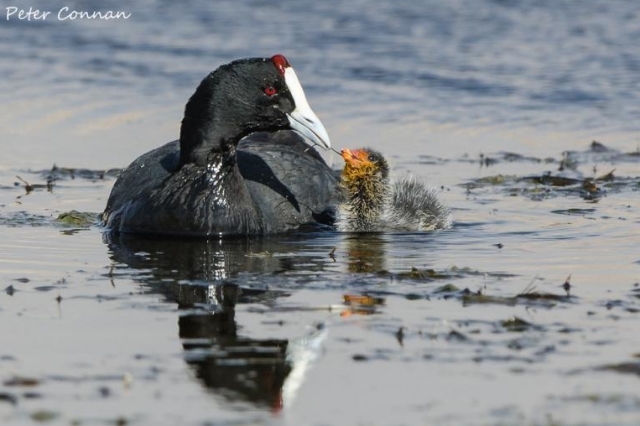 © Peter Connan
© Peter Connan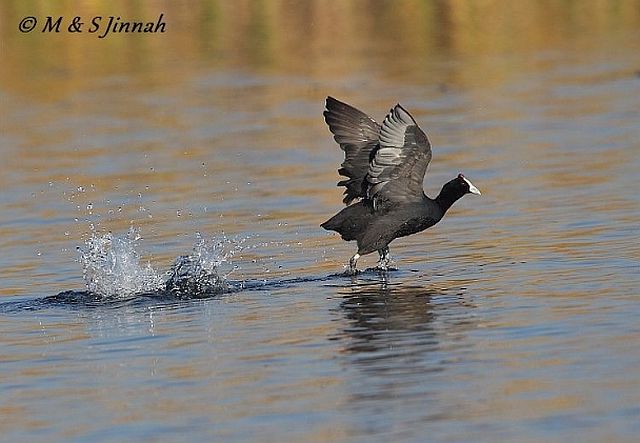 © Sharifa
© Sharifa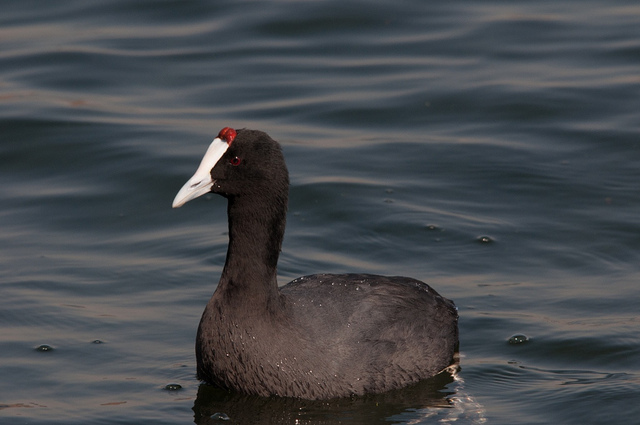 © Joan
© Joan © Toko
© Toko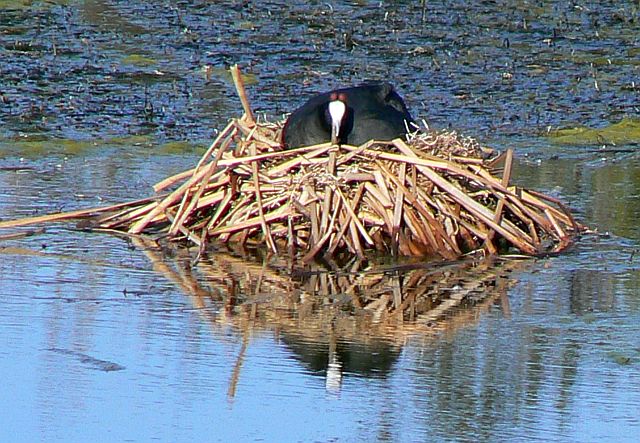 © Toko
© Toko